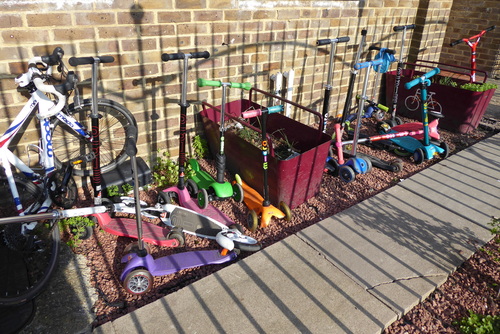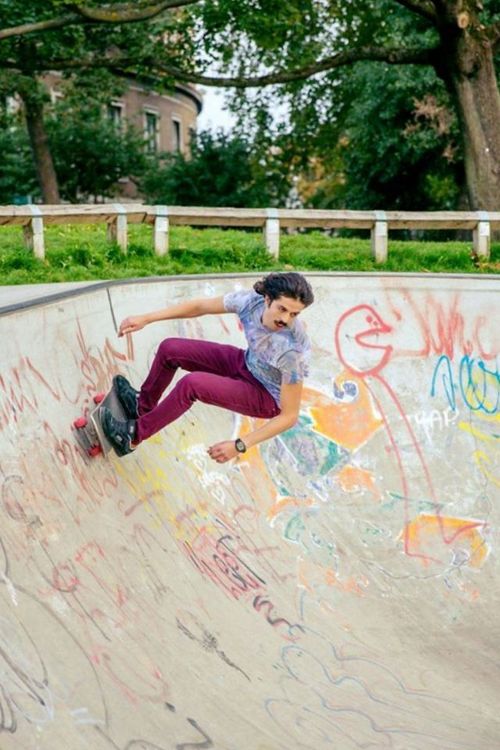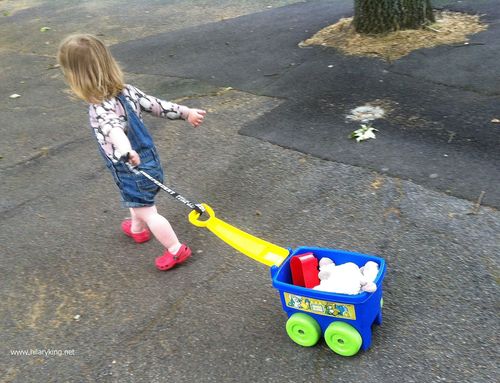Children’s scooters have just been included in the UK Consumer Prices Index, CPI, as they are so popular they are having a financial impact in the UK. There must be a lot of people
using them!
This photo show that many children love them – here in Stoke Newington, scooters are a favourite mode of transport for going to school and numbers of scooters get parked in playgrounds. They are brilliant for helping to keep children active and fit in a fun way and it is lovely to see kids zooming along the road, poised and lively, with their heads leading them into movement.
Pushing With One Dominant Leg?
But how could scooters possibly make children lopsided? Well, I wonder how many parents and teachers notice if children always use the same foot to propel themselves forwards? I imagine quite a number of people have never given it a thought.
But do please think about it – what impact might that have? Even tiny children use scooters and may do so for several years. If one leg is always pushing, then one set of leg muscles in that leg is being developed, whilst the other leg is always supporting, so a different set of muscles will be developed in that leg – so the muscles could grow visibly bigger in the stronger leg.
What would the implications be for the body’s general balance and poise, if legs develop differently from each other in this way? Unhelpful at the least and possibly harmful, if the imbalance became exaggerated through frequent over-use of one leg in preference to the other. This problem can affect adult scooter users too but would have a greater impact on children’s bodies whilst growing and developing and could be one way that children’s bodies could gradually become a bit lopsided. If it’s just habits causing the distortion, that can be avoided!
Twisting and Torsion
Another problem that could arise, is a habitual twist in the torso (and probably the knees) if the child scoots in an uneven way. Muscular torsion in the neck and back is also a potential problem with using skateboards, if the same foot leads all the time. Muscles in the neck and torso could work unevenly, the back and pelvis could become lopsided, which could eventually cause pain and discomfort. Given how many children and adults are using scooters and skateboards these days, we could end up with a large number of people seeking help for problems such as neck and back pain at a later date.
This skateboarder has pretty good body use, leading with the head and using his hip joints freely. However, if he always leads with the same foot and he has to look in the same direction all the time, torsion problems in his neck and back could develop.
Mindfulness and Body Use
However, with awareness and by establishing habits of good body-use right from the start, including alternating their feet regularly, these problems could be avoided, so children and adults can have fun without interfering with their natural poise and balance.
If problems have started developing, Alexander lessons can help people to let go of their habits of imbalance and twisting, so that their head neck back relationship can be regained and a more evenly balanced way of using equipment such as scooters and skateboards can be learned.


